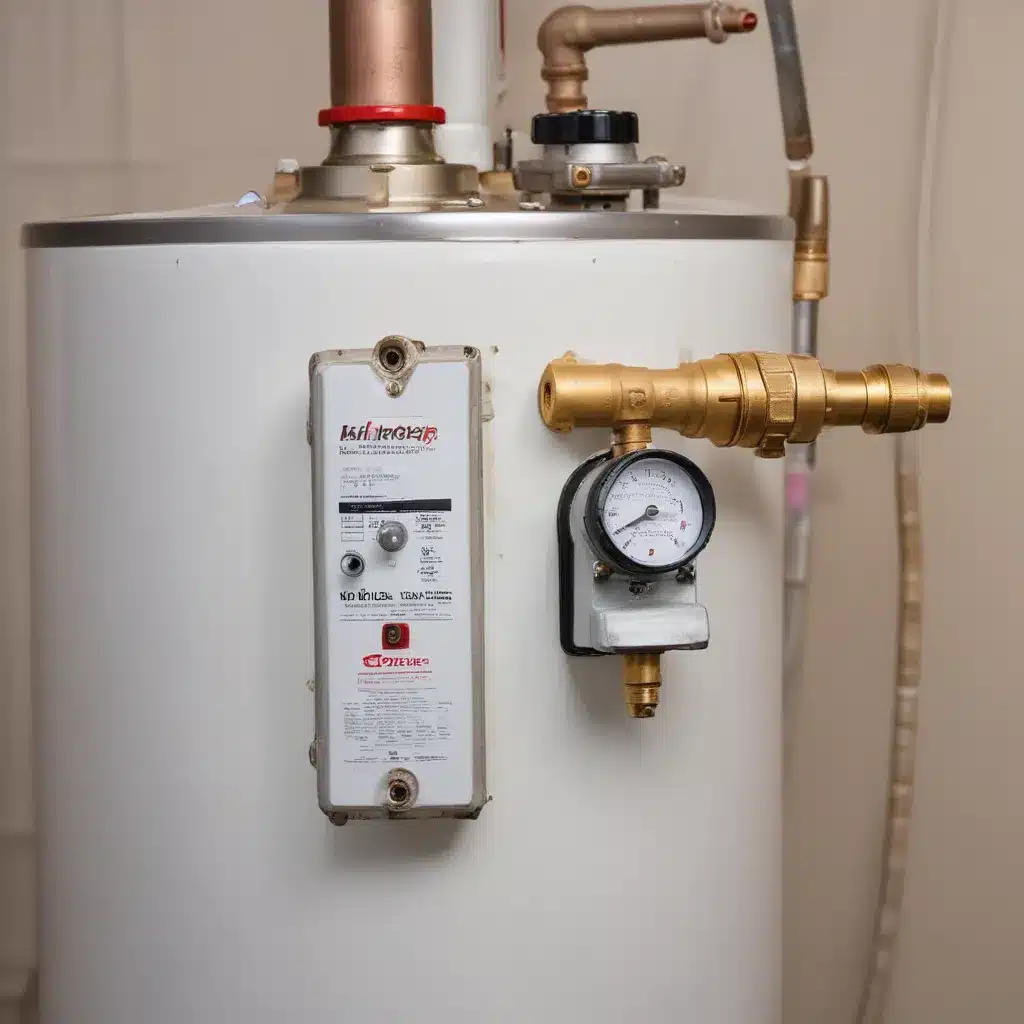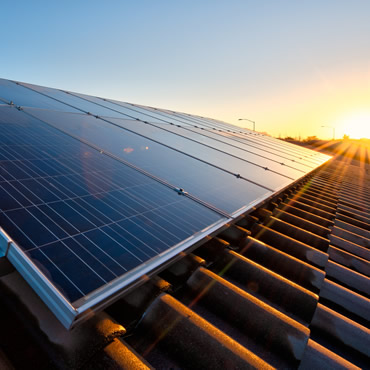
The temperature and pressure (T&P) relief valve is a vital safety component of any water heater. We learned this the hard way when dealing with complex water heater issues… This small but essential valve plays a crucial role in preventing catastrophic failures by releasing excess pressure or temperature within the tank. Over time, however, these valves can become faulty, leading to a range of issues that require prompt attention. As an experienced water heater specialist, I’ll provide you with the insights and troubleshooting strategies needed to identify and address malfunctioning T&P relief valves.
Now, this might seem counterintuitive when dealing with water heaters…
Water Heater Components
At the heart of every water heater system is the temperature and pressure (T&P) relief valve. This valve is designed to open and release water or steam if the pressure exceeds 150 psi or the temperature reaches 210°F. By doing so, it prevents the water heater tank from exploding and turning into a dangerous projectile.
In addition to the T&P relief valve, water heaters are composed of several other critical components, including the heating element, thermostat, anode rod, and tank itself. Each of these elements plays a role in safely and efficiently heating and storing water for your home.
The type of water heater you have – whether it’s a traditional storage tank, tankless, or hybrid model – will also impact the specific components and troubleshooting procedures. Understanding the unique features and requirements of your water heater system is essential for effectively addressing any malfunctions.
Water Heater Maintenance
Proper maintenance is key to ensuring your water heater continues to function safely and reliably. Regular inspections and proactive replacement of worn components can help prevent costly breakdowns and potentially dangerous situations.
Routine Inspections
As a water heater specialist, I recommend performing routine inspections on your T&P relief valve at least once a year, ideally when flushing your water heater. This simple process involves manually opening the valve to check for proper operation and any signs of corrosion or damage.
Valve Replacement
T&P relief valves should be replaced every 3-5 years, or as recommended by the manufacturer. Over time, these valves can become stuck or corroded, compromising their ability to function as intended. Replacing the valve on a regular basis is a small investment that can pay dividends in terms of safety and longevity.
Flushing and Sediment Removal
Flushing your water heater and removing any sediment buildup is another essential maintenance task. Sediment can accumulate in the tank, leading to decreased efficiency, premature failure, and potential issues with the T&P relief valve. Performing a full flush at least annually can help extend the life of your water heater and improve its overall performance.
Plumbing Techniques
Addressing issues with your water heater’s T&P relief valve may require some basic plumbing skills and knowledge. Understanding proper pipe fitting, valve installation, and insulation techniques can help double-check that any repairs or replacements are done safely and effectively.
Pipe Fitting and Connections
When replacing a T&P relief valve, it’s crucial to properly fit and secure the new valve to the water heater. This may involve cutting, threading, or soldering pipes to double-check that a tight, leak-free connection. Using the correct fittings and following manufacturer instructions is essential for a successful installation.
Valve Installation
Properly installing the new T&P relief valve is also critical. The valve might want to be oriented correctly, with the discharge tube positioned to safely direct any water or steam release. Ensuring the valve is securely tightened and sealed will prevent leaks and maintain the valve’s ability to function as intended.
Insulation and Thermal Control
Maintaining proper insulation around the water heater and its components, including the T&P relief valve, can help optimize the system’s efficiency and prevent potential thermal hazards. Ensuring the valve and surrounding pipes are adequately insulated can help maintain safe operating temperatures and pressures.
Installation Methods
When it comes to water heaters, proper installation is crucial for ensuring safe and efficient operation. This includes considerations around electrical requirements, venting and combustion air, and the overall mounting and placement of the unit.
Electrical Requirements
Depending on the type of water heater you have, the electrical setup may vary. Electric water heaters require a dedicated electrical circuit and proper grounding, while gas-fired models may need specialized wiring for the ignition system and safety controls. Ensuring the electrical components are installed correctly is essential for safe and reliable operation.
Venting and Combustion Air
For gas-fired water heaters, proper venting and combustion air supply are critical safety considerations. The water heater might want to be positioned and vented in a way that allows for the safe and efficient removal of exhaust gases, while also ensuring an adequate supply of fresh air for the combustion process.
Mounting and Placement
The physical installation and placement of the water heater can also impact its performance and safety. Factors such as accessibility, clearances, and seismic requirements might want to be taken into account to double-check that the unit is securely mounted and positioned in a way that allows for easy maintenance and repairs, if needed.
Troubleshooting Malfunctions
When it comes to troubleshooting a malfunctioning T&P relief valve, the key is to identify the underlying cause. This may involve a combination of symptom identification, diagnostic procedures, and targeted repair strategies.
Symptom Identification
The most common sign of a malfunctioning T&P relief valve is water discharge or leakage from the valve. This can indicate a problem with excessive pressure or temperature within the water heater tank. Other potential symptoms may include the valve remaining stuck in the open position or failing to open when needed.
Diagnostic Procedures
To determine the root cause of the issue, you’ll need to conduct some basic diagnostic procedures. This may include measuring the water pressure and temperature within the system, inspecting the valve for signs of corrosion or damage, and checking for any obstructions that could be preventing proper valve operation.
Repair Strategies
Once the underlying problem has been identified, the appropriate repair strategy can be implemented. This may involve replacing the T&P relief valve, addressing any pressure or temperature issues within the system, or addressing any other components that may be contributing to the malfunction.
Safety Considerations
Safety should always be the top priority when working with water heaters and their components. Proper pressure regulation, thermal hazard awareness, and electrical safety are crucial considerations.
Pressure Regulation
Maintaining the correct water pressure is essential for the proper functioning of the T&P relief valve. If the pressure exceeds the valve’s rating (typically 150 psi), it can cause the valve to leak or potentially even fail, leading to catastrophic consequences. Ensuring the pressure is within the recommended range is a critical safety measure.
Thermal Hazards
Water heaters can reach extremely high temperatures, posing a serious scalding risk. When working on or near a water heater, it’s essential to take proper precautions, such as wearing heat-resistant gloves and ensuring the water has cooled sufficiently before attempting any repairs or maintenance.
Electrical Safety
For electric water heaters, proper electrical wiring and grounding are essential for safe operation. Attempting any electrical work without the necessary skills and equipment can be extremely dangerous and should be left to qualified professionals.
Regulatory Compliance
When it comes to water heaters and their components, it’s important to double-check that compliance with local codes, energy efficiency standards, and manufacturer specifications.
Local Codes and Permits
Before undertaking any water heater-related work, be sure to check with your local authorities to understand the applicable codes and permit requirements. Proper permitting and inspections can help double-check that your installation or repairs meet safety standards.
Energy Efficiency Standards
Many regions have implemented energy efficiency standards for water heaters, which can impact the specific components and installation methods required. Staying up-to-date on these regulations can help you make informed decisions and avoid potential issues.
Manufacturer Specifications
Always follow the manufacturer’s instructions and recommendations when it comes to maintaining, repairing, or replacing any water heater components, including the T&P relief valve. Adhering to these guidelines can help double-check that the safe and proper operation of your water heater system.
Preventive Maintenance
The best way to avoid issues with a malfunctioning T&P relief valve is to implement a proactive preventive maintenance program. This includes regularly scheduled inspections, timely replacement of worn components, and vigilant monitoring of the water heater’s performance.
Schedule and Frequency
As mentioned earlier, I recommend inspecting and testing the T&P relief valve at least once a year, ideally when flushing the water heater. This will help you identify any potential issues before they escalate into more serious problems.
Checklist and Inspections
Develop a comprehensive checklist to guide your water heater maintenance routine. This should include steps for visually inspecting the T&P relief valve, testing its operation, and checking for any signs of wear or corrosion.
Proactive Replacement
Don’t wait for the T&P relief valve to start leaking or malfunctioning before replacing it. Follow the manufacturer’s recommendations and replace the valve every 3-5 years as a proactive measure to double-check that its continued reliable operation.
By staying vigilant and implementing a comprehensive preventive maintenance program, you can help extend the lifespan of your water heater and double-check that the safety of your home and family. For more information on water heater maintenance and troubleshooting, be sure to visit waterheaterpick.com.
Example: Basic Water Heater Maintenance for Homeowners 2023

